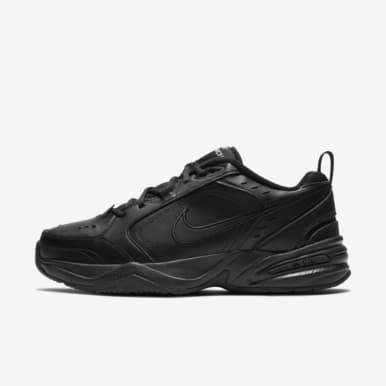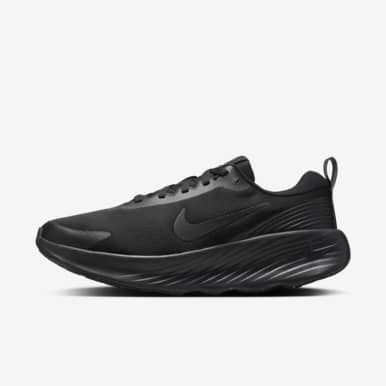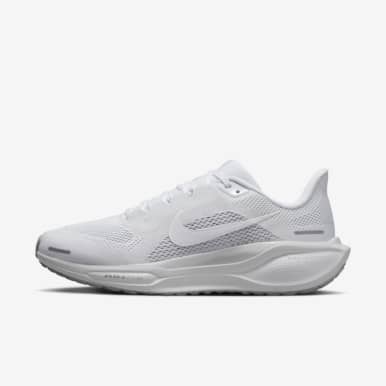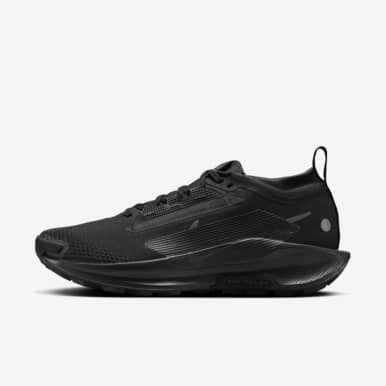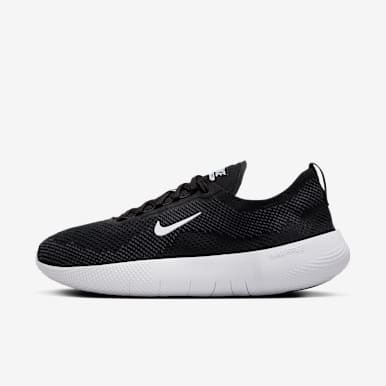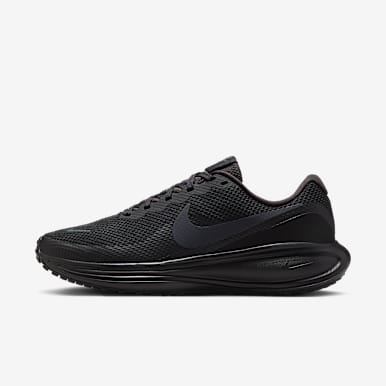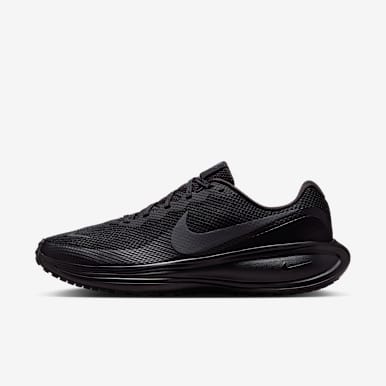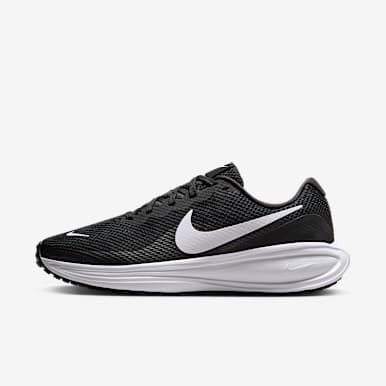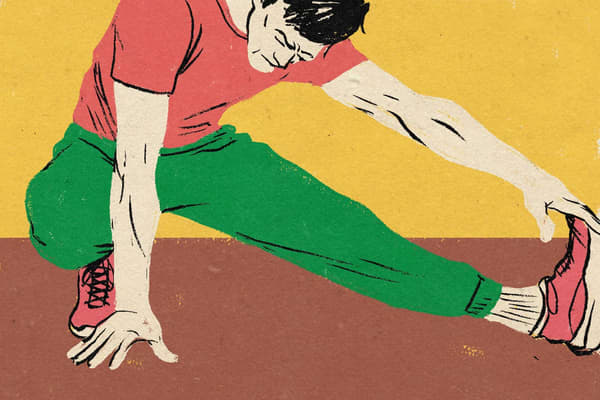What Is Plantar Fasciitis—And How Can You Fix It?
Health & Wellness
This painful condition can sabotage your workouts, but fortunately there are strategies to get you back on track.

When it comes to pain or discomfort that affects athletic performance, it's tough to work around the kind of sharp, piercing jabs often associated with plantar fasciitis—especially since it can even prevent walking properly, much less any kind of consistent training.
What Is Plantar Fasciitis?
Quick anatomy refresher: The plantar fascia is the thick band of tissue that connects the heel bone to the toes, while supporting the foot's arch. It also absorbs the impact during certain activities such as walking, running or jumping.
When this tissue is damaged through tiny tears, that condition is plantar fasciitis, according to Rachel MacNeill, DPT and owner of flexABILITY Physical Therapy. This can simultaneously happen on one foot or both, and may occur suddenly based on factors such as how stressed the foot has become and how much inflammation those micro-tears create. Plantar fasciitis can also develop gradually over time.
"For many people, especially those who don't get off their feet early in the injury process, it becomes a chronic condition called plantar fasciosis, and can take months or longer to resolve", she says. (For context, plantar fasciosis is described as chronic stretching, tearing or degeneration of fascia.)
The tell-tale sign of plantar fasciitis? Heel pain, MacNeill says. It might feel like a bruise or stabbing pain, and tends to be worse in the morning. The pain typically diminishes when you've been moving for a while, and it often goes away completely when not standing or walking.
5 Key Risk Factors
Although this condition is often connected to activity—especially endurance exercise that continually loads your feet, such as long-distance running—the condition can affect anyone who spends a chunk of time on their feet, particularly if hard surfaces are involved, says MacNeill. For example, your risk is higher if you're a cashier who stands on a tile floor all shift versus an office worker who's mainly sitting for that same length of time.
Other risk factors include:
- Foot mechanics: Flat feet or very high arches may affect how your weight is distributed and put more tension on your plantar fascia, says MacNeill. That doesn't mean you're doomed to foot issues if these are your arch types, but you may want to ensure you're choosing shoes with the best support for your feet.
- Ankle stiffness: Your risk also goes up if you have limited ankle mobility, which may be caused by tightness in the muscles of the calves or poor flexibility in the ankles.
- Age: The condition is most common for people between the ages of 40 and 60.
- Weight: Having excess weight or obesity can put additional stress on your feet, which can affect your arch.
- Over-training: If you've been increasing your training lately, especially if you're a runner, too much activity could be a culprit, says Carol Mack, DPT, CSCS at CLE Sports PT & Performance. Over-training doesn't give the feet enough time to recover, so plantar fasciitis becomes an overuse injury.
If the issue isn't addressed, you'll likely be subject to ongoing foot pain, and it can also affect your body mechanics and gait. This can turn into a ripple effect of issues, specifically in terms of knee, hip, back or even neck problems. The good news is that the condition is treatable, especially when caught in the early stages.
Tips for Fixing Your Fascia
Because plantar fasciitis is considered an inflammation issue, treating it like similar types of injuries is helpful, says MacNeill. That includes over-the-counter anti-inflammatory medications like Ibuprofen, icing when necessary and strategic rest. And make sure you check in with your doctor or other licensed professional to determine the best recovery plan for you.
RELATED: Best Nike Running Shoes for High Arches
If you think ankle mobility is a sticking point, consider adding more ankle-bend exercises into your fitness mix. For example, she suggests doing squats and lunges with the heels down to get as much bend out of the ankle as possible. Also, try foam rolling and stretching the calves as part of your workout warm-up.
"Addressing underlying risk factors is important", she says. "That [can] include weight loss and supportive footwear. Whether your plantar fasciitis is acute or chronic, it's crucial to avoid going barefoot or wearing non-supportive shoes, including around the house".
Modifying activities and load can also help, adds Mack, especially if the injury is related to over-training. In general, it can take anywhere from three to six weeks for the pain to resolve, but if your pain is lingering or getting worse, you may want to check in with your doctor to ensure there isn't a larger foot issue going on, like a stress fracture. Consider seeing a physiotherapist for more exercises that will get you healed up and back on track as soon as possible.
Words by Elizabeth Millard
For more expert-backed tips, make sure you download the Nike Training Club App!

